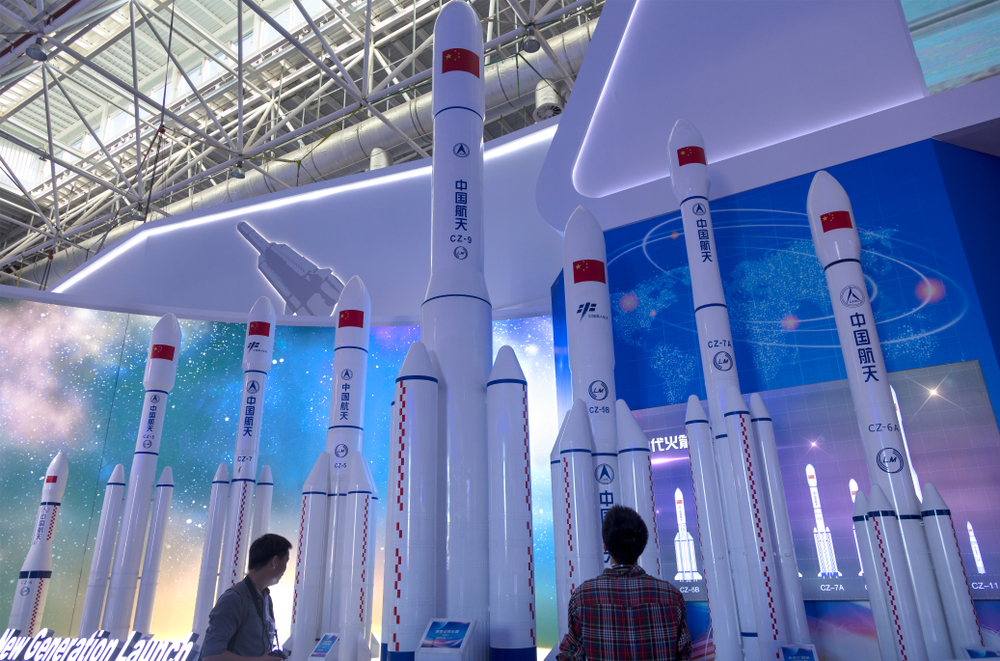China successfully launched a rocket from a mobile platform in the Yellow Sea for the first time on Wednesday, sending two technology experiment satellites and five commercial satellites into space.
A Long March-11 solid propellant carrier rocket blasted off a launch pad aboard a ship in the Yellow Sea, off the coast of the Shandong province at 12:06 pm (local time).
It is China's first space launch from a sea-based platform and the 306th mission of the Long March carrier rocket series, official media here reported.
In recent years, China has emerged as a major space power with manned missions and a historic landing on the dark side of the moon, besides building its own space station, which is to be ready by 2022. It is also a leading country in launching a number of satellites from its launch stations on land.
Launching a carrier rocket from an ocean-based platform has many advantages over a land launch. The closer to the equator a rocket launch can get, the greater the speed boost it will receive. It reduces the amount of energy required to get into space and also means that less fuel is required, state-run Xinhua news agency reported. The launch site is flexible and falling rocket remains pose less danger. Using civilian ships to launch rockets at sea would lower launch costs and give it a commercial edge.
The seaborne launch technology will meet the growing launch demand of low inclination satellites and help China provide launch services for countries participating in the Belt and Road Initiative, Chinese experts said.
The two satellites, developed by the China Academy of Space Technology, are expected to step up all-weather monitoring of ocean wind fields and improve typhoon monitoring and weather forecast accuracy in China. Among the five commercial satellites, the two satellites, developed by China Electronics Technology Group Corporation, are China's first small satellite system based on Ka-band.
The Long March-11, developed by the China Academy of Launch Vehicle Technology, is the only rocket using solid propellants among China's new generation carrier rockets. It is mainly used to carry small satellites and can take multiple satellites into orbit at the same time, the report said.











